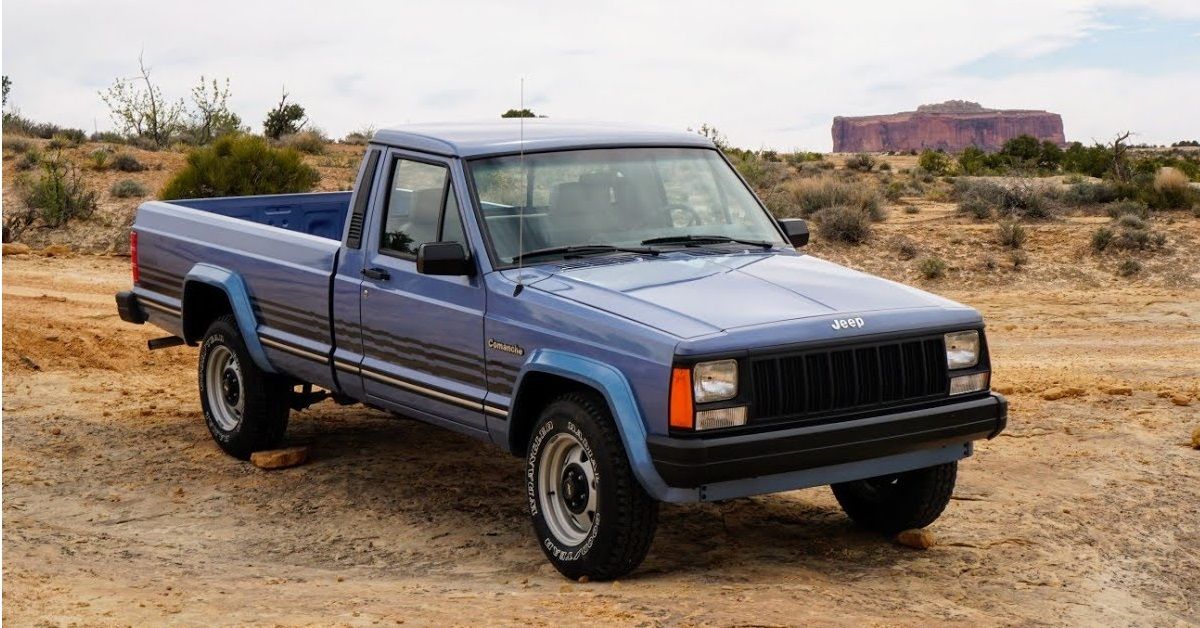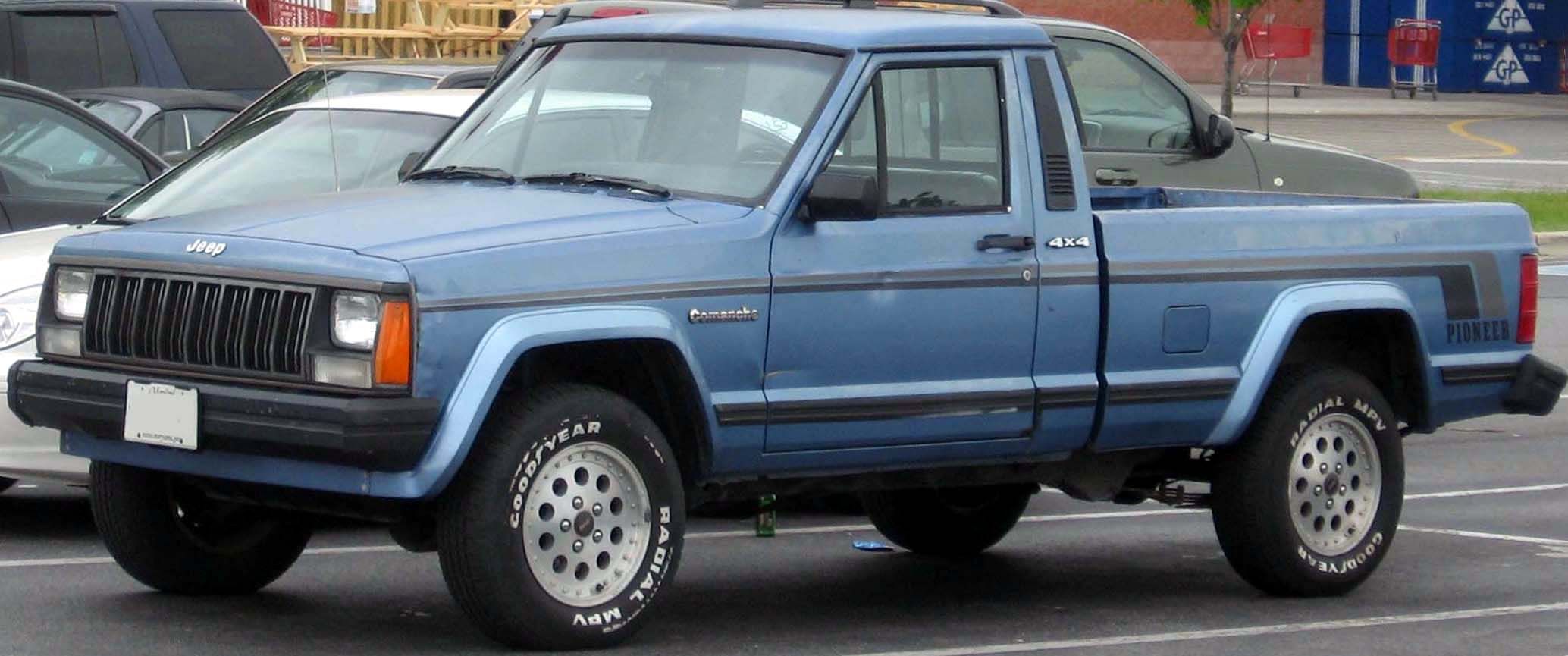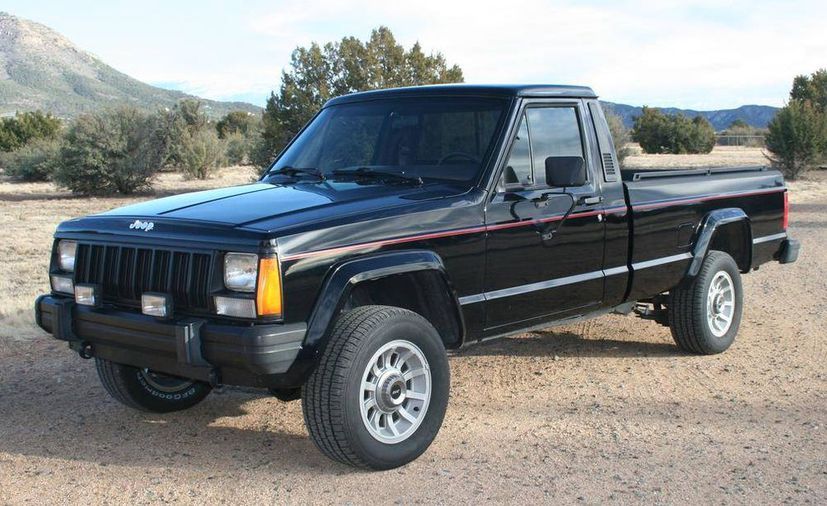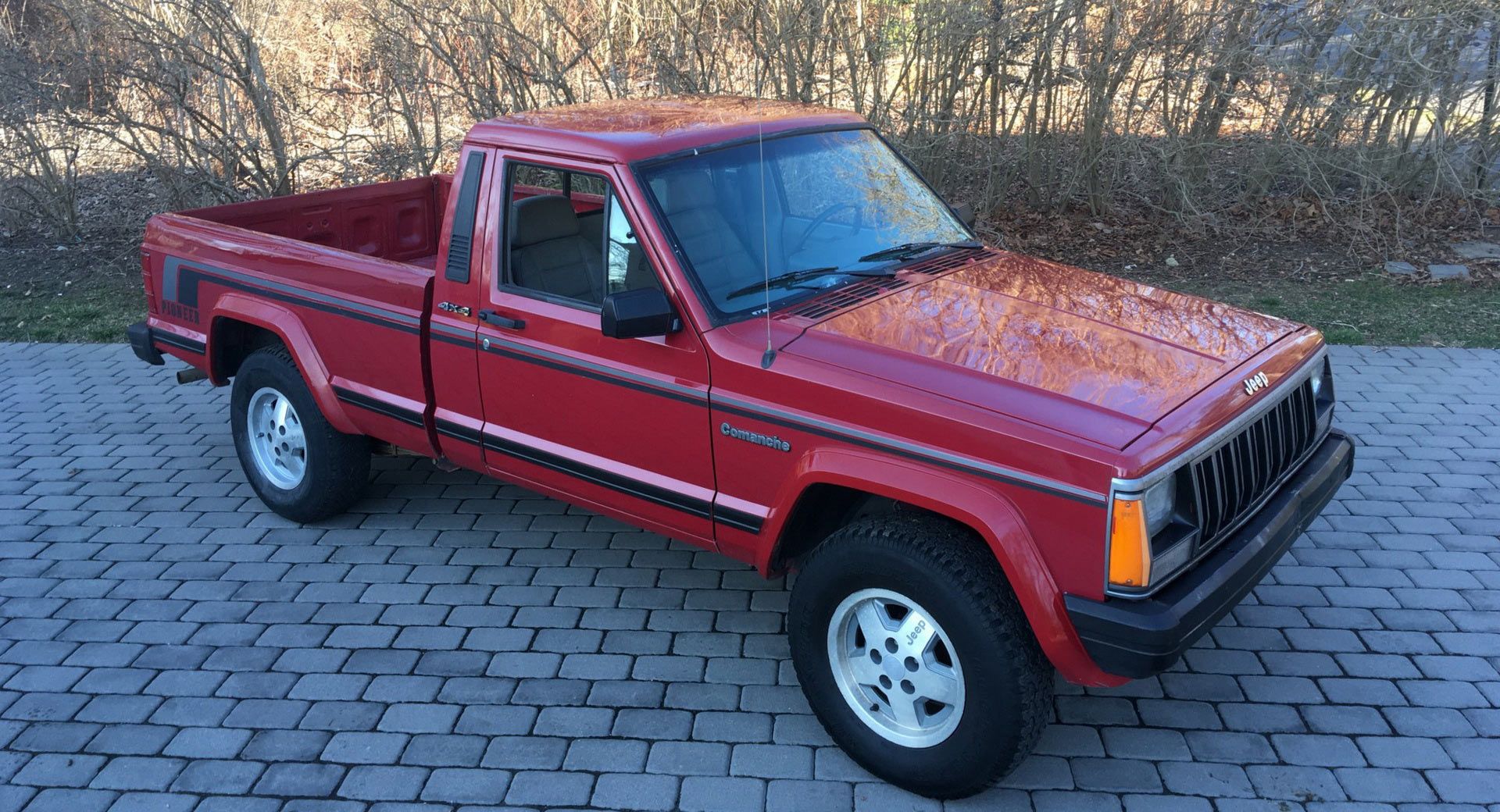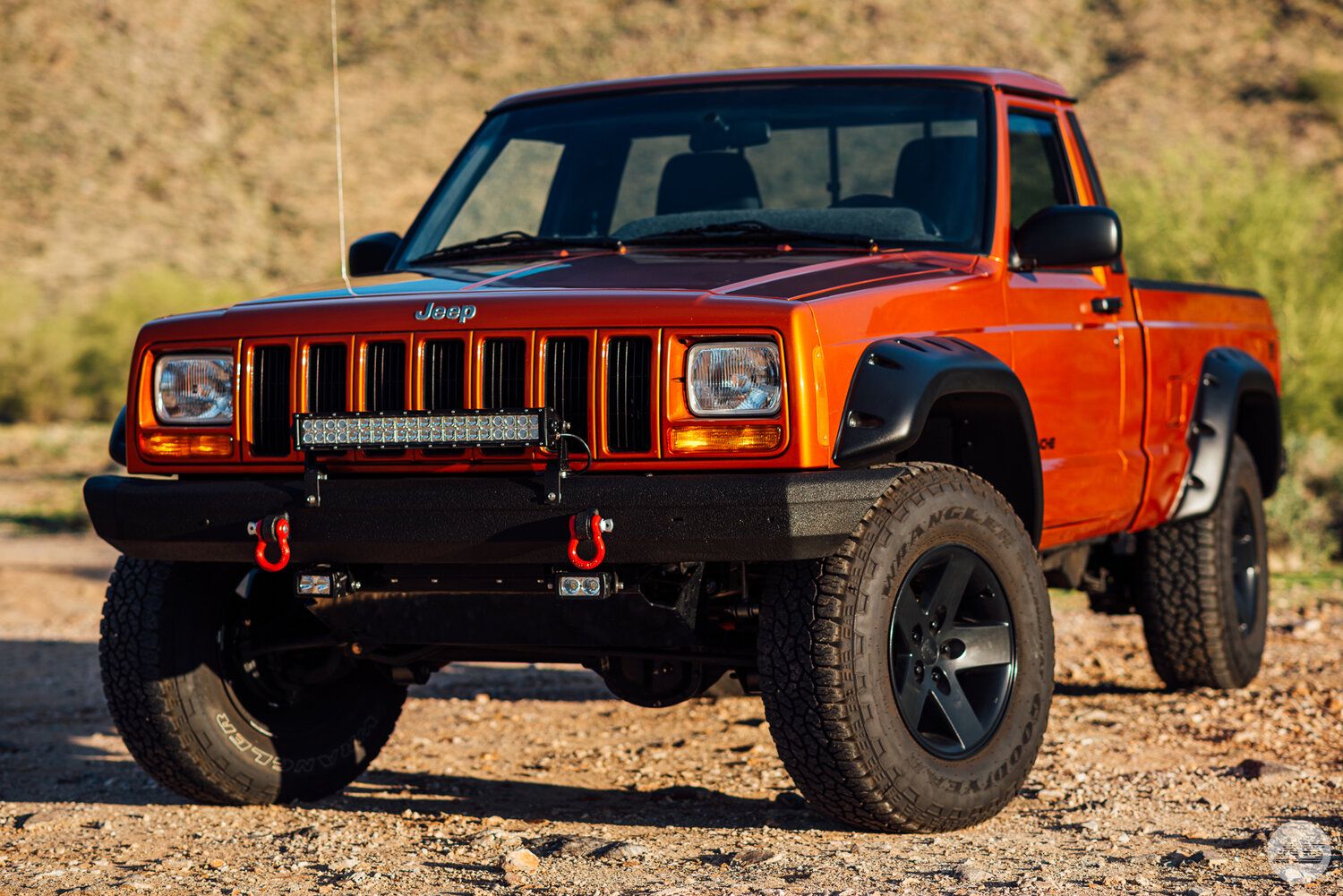The Jeep Comanche was a compact truck made by Jeep from 1986 to 1992. Sharing the same template as the Jeep Cherokee, the Comanche was meant to be known for its sturdy drivetrain, great fuel economy, easily replaceable parts, and long life.
However, it ended up being met with significant rust issues caused by drivers unwilling to put in necessary maintenance, as well as declining sales for most of its run.
The Comanche was ultimately axed partially due to poor sales, but also to Chrysler rebranding the Jeep division upon their 1987 acquisition, rendering their truck production redundant.
The Comanche went down in Jeep history as an unsuccessful endeavor, despite winning many awards. It was not known for being easily modified like the Trailhawk, and it wasn't as customizable as the Gladiator, but it had many positive features that were often overshadowed by prominent issues.
Read on to find out more about the Comanche, including complications, sales, history, and positive features.
Rust Interfered With Production
Jeep was taken by surprise when they realized that their Comanche was especially vulnerable to rust wearing down the body. As a result, not as many Comanche units were constructed.
Fewer than 200,000 were manufactured during its run, with Jeep Wrangler's production numbers exceeding those of the Comanche in the Wrangler's first three years. The Jeep Cherokee even beat the Comanche's production numbers in one year.
However, rust could still be avoided if owners made maintenance a priority, but most owners did not do so. Not only were the Comanche models more likely to get rust, but also, the depth, extent, and type of rust would be more crippling and severe.
Sadly, most Comanches fell to rust damage between production and demolition, so not many from the entire 200,000-model run have survived to this day. That said, any Comanche that is currently maintained and in good condition is still in good shape, as the Comanche was known to be highly durable despite the rust issue. Other perks of the Comanche include high reliability and longevity, with a drivetrain that's potentially sturdier than the rest of the vehicle.
International Accolade
This particular vehicle managed to achieve global popularity, setting at least 13 records during its run. Showcasing the 4.0-liter inline-six engine was the hidden goal, so Jeep engineers wanted to set a land speed record. This particular attempt resulted in an exploding engine, but that didn't deter the engineers from setting that goal.
The result paid off, as the Comanche's 13 records consisted of six for national and international vehicles of all types and seven records for trucks. These seven records were regarding speed marks, such as exceeding a quarter-mile run of 16.9 seconds at 53 mph with a new record of 18.9 seconds at 58.9 mph, establishing new highs in FIA International Category A, USAC National Category A, and USAC National Category E for trucks.
Jeep was encouraged by this success and decided to increase the Comanche's engine horsepower from 173 to 284 and lowering the suspension. The Comanche was also treated to performance tires, which were an upgrade from its previous standard tires. The one detriment of this endeavor is the multi-million-dollar price tag for time, effort, manpower, and supplies.
Solid Quality Despite Issues
While the rust issue took most of the public's attention, positive qualities that the Comanche showcased were overshadowed. Even though it had many issues plaguing it throughout its run, there were just as many positive aspects about the Jeep Comanche.
These vehicles can go for 250,000-275,000 miles before finally dying, experiencing previously unseen longevity and reliability thanks to a sturdy drivetrain. For comparison, most vehicles would only last 200,000 miles. Its parts were also easily replaceable via stores or online aftermarkets in the event one should malfunction or be damaged, and maintenance was incredibly affordable should drivers not have the knowledge or skill to replace the parts themselves.
The Comanche was also known to have quality front suspension to allow for a higher payload and carrying capacity than most similar compact trucks could handle. Finally, the fuel economy was notable for 21-23 MPG, which is more than other trucks would put out.
Low Sales And New Ownership Concludes Demise
A number of factors led to production on the Comanche ceasing, including declining sales figures and a change in ownership, in addition to the repeatedly aforementioned rust issue. Sales levels were only modest in the first place, lacking enough clout and presence to make a dent in the competition's popularity. While the entire category of compact trucks was on the decline from 1986-1992, the competition did not suffer as large a decline.
The end result was the inevitable discontinuation of the Comanche in 1992, after its seventh year being manufactured. Sales in 1988 were 43,718 units, while sales in 1989 fell to 25,311 units. Sales for 1990 experienced a significant drop to 9,576 units, with sales in 1991 decreasing almost by half to 5,188. It also didn't help Jeep's case that the template for the Comanche was cloned from the Cherokee, which was experiencing a consistent 120,000 units sold annually during this entire decline.
And as if declining sales weren't enough, another rationale for discontinuation arrived with the Chrysler company purchasing Jeep in 1987. Chrysler rebranded Jeep as an SUV-exclusive brand, and the company wouldn't make another attempt at trucks after the demise of the Comanche until the Gladiator arrived in 2019. Chrysler then decreed that all Jeep pickup production be ceased in favor of Dodge assuming production of that department, sealing the Comanche's fate.
Sources: wideopenroads.com, topspeed.com, autoweek.com,

